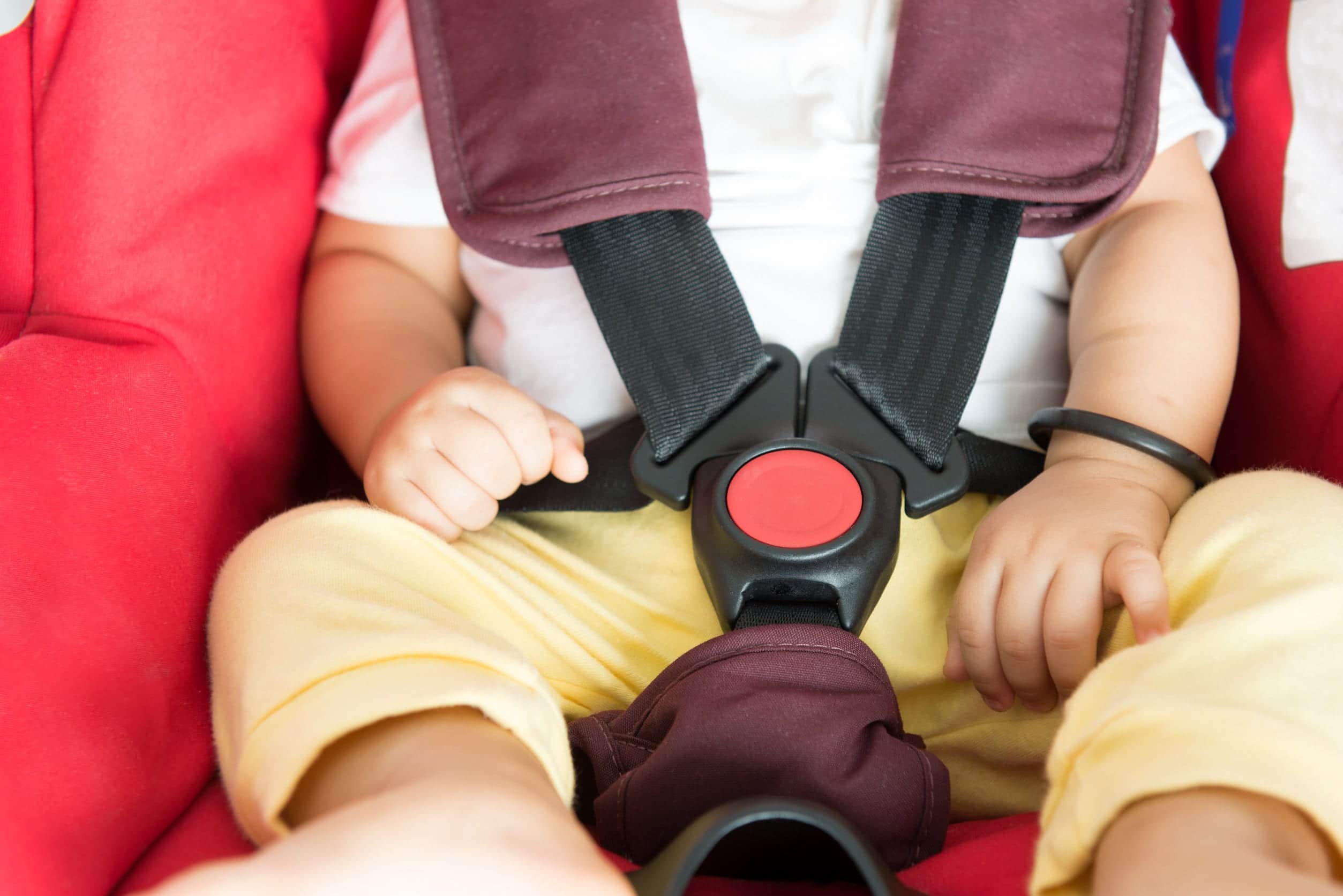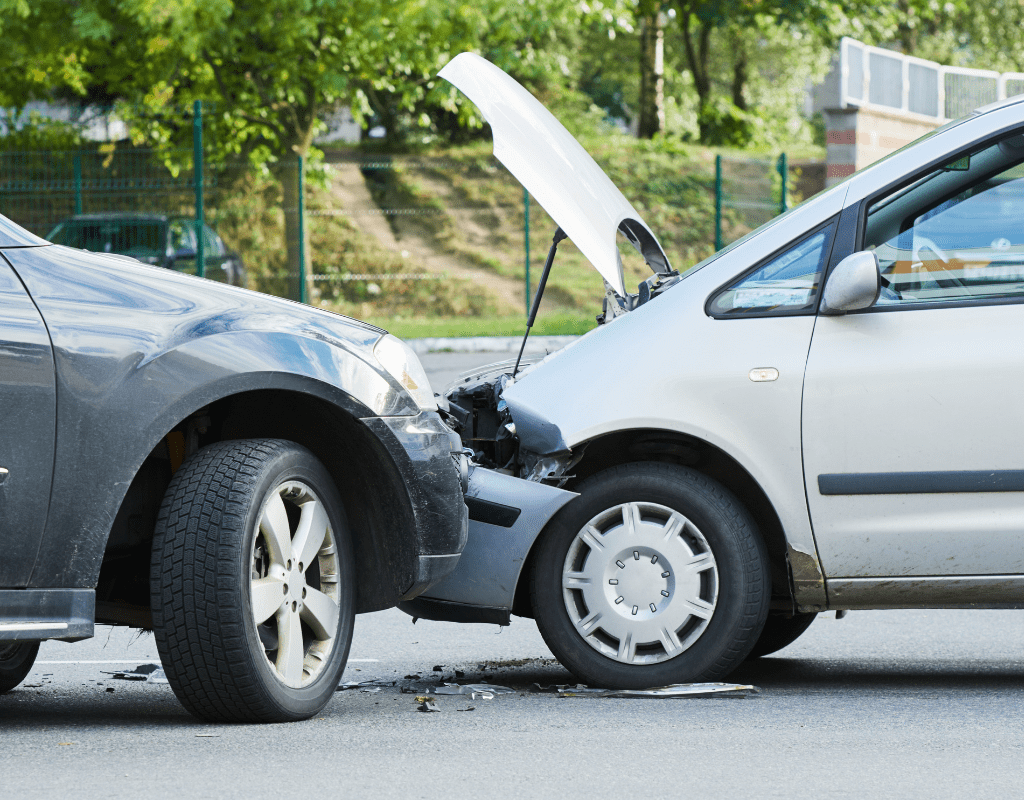The Importance of Having the Right Car Seat in a MN Crash
Something harmful happening to your child is a parent’s worst nightmare. There are some things parents can’t control when it comes to security, but some parental decisions have a huge impact on their child’s safety. One of those choices is the use of a car seat.
The law in Minnesota states that a child must be secured in a car seat until they are at least 8 years old or 4’9” tall – whichever milestone they reach first.
Here is what you need to know about selecting the right car seat for your child based on their age and size, as well as how car seats work to keep them safe in the event of an accident.
The Benefits of Car Seats
Roads have grown more dangerous in the last few decades. The truth of the matter is: there are simply more cars on the roads, traveling farther and going faster than a mere 20 years ago.
That makes routinely using a car seat for your child as important as ever.
When you strap your child into a car seat that fits them appropriately, you are reducing their risk of serious injury in the event of an accident by as much as 67 percent, according to the National Highway Traffic Safety Administration.
Selecting the Right Car Seat
There is no one car seat that will work for every kid. In general, car seats should suit your car so that they can be installed correctly and fit your child. Installing the car seat according to the manufacturer’s direction is crucial so that it can keep your child as safe as possible.
To find a car seat that your child can sit in properly, you have to keep their age in mind and look for a car seat that fits their size.
The different kinds of car seats align with different ages. In general, they include:
Rear Facing
Children should be in rear-facing car seats until they are at least two years old. In an ideal world, that age should really be more like three or four years of age. The longer they can sit rear-facing, the more protected they’ll be.
For rear-facing car seats, you can use an infant seat, which comes in several styles. It might have a base from which it will detach so you can carry a small child. It could also be convertible, which is a full-size car seat that can fit larger children in either a rear or forward-facing fashion.
You can also buy an all-in-one rear-facing car seat that converts to a booster seat when the child is old enough.
Forward Facing

When they reach the age at which they no longer have to be rear-facing in the car, you want to make sure a child still has a seat with a five-point harness for as long as possible. This will help keep them safer as they grow.
When your child sits forward-facing, the seat should be anchored appropriately so that it doesn’t allow a lot of movement. They harness should fit snugly to their body. You shouldn’t be able to pinch any additional material at the shoulders.
Use a forward-facing seat until your child’s weight or height limit exceed the manufacturer’s recommendations for the seat. Once they’re old enough, they can transition to a booster that uses the seat belt.
About the Author:
A lifelong Minnesotan, founding partner Ronald R. Envall has spent his entire legal career fighting for the little guy, focusing on workers’ compensation, Social Security, and personal injury cases. He has been recognized by SuperLawyers as a Top Rated attorney in Duluth, placing him in the top 5 percent of all workers comp lawyers across the state. In his free time, Mr. Envall serves on the boards of several area government and nonprofit organizations and is a member of the Minnesota Association for Justice, which supports consumer rights.
















